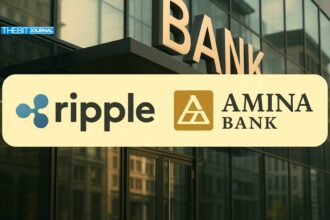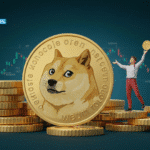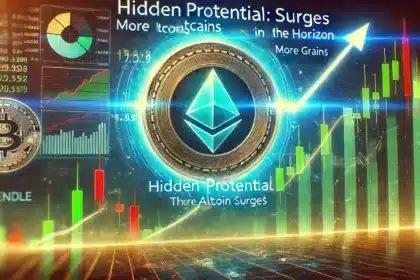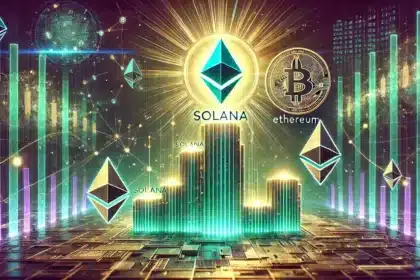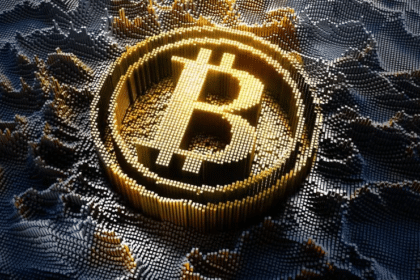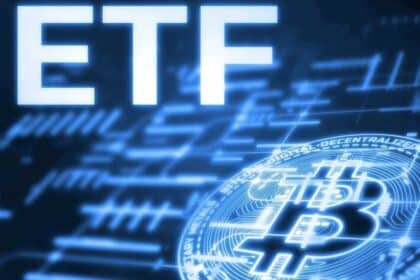Circle has become the first company dealing in digital stable coins to comply with the European Union’s strict Markets in Crypto-Assets (MiCA) regulation. The move represents a shift towards standardised regulations on digital assets across EU member countries, which will create a more secure and reliable environment for investors and ordinary users.
Digital Fiat Tokens: Circle’s Compliance Journey— A Path to Mainstream Acceptance
On 1st July 2024, Circle announced its registration in France as an Electronic Money Institution (EMI) under the control of Autorité de Contrôle Prudentiel et de Résolution (ACPR), the country’s banking authority. With this registration, it is now legal for Circle to issue USDCs and EURCs across Europe while still complying entirely with MiCA, which became operational the day before.
Speaking on this matter, Jeremy Allaire, Circle’s co-founder and CEO, said that “it’s a huge milestone in bringing digital currency into mainstream scale and acceptance.” Allaire highlighted the importance of this achievement for Circle and the broader digital economy, foreseeing a rapid increase in the adoption of digital fiat tokens, particularly the Euro digital currency.
In efforts geared towards sticking with the rules and being open about its actions, Circle started off by establishing Circle Mint, whose target customers are business customers in Europe. This platform allows the minting and redemption of USDCs and EURCs, ensuring that every digital fiat token circulating within the EU meets all necessary requirements set forth by new laws. Furthermore, Circle has secured that 100% of the EURC reserves are now held under its regulated entity, Circle France.
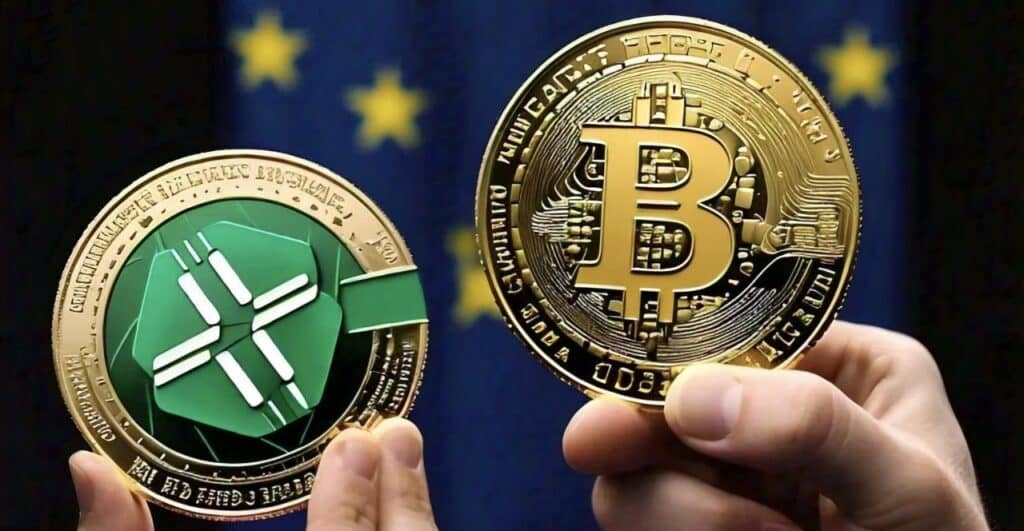
The introduction of MiCA by the EU is a landmark in crypto regulation. It offers a comprehensive set of guidelines designed to enhance investor protection, prevent market manipulation, and foster the overall stability of the digital asset ecosystem. Dante Disparte, Circle’s head of policy, commended MiCA for legitimizing the crypto industry and eliminating regulatory grey areas. Disparte emphasized that the days of operating in regulatory havens are over, heralding a new era where stringent compliance is the cornerstone of market participation.
Digital Fiat Tokens: Integrating with Major Cryptocurrencies—The Role of BTC and ETH
As digital currencies evolve, major cryptocurrencies such as Bitcoin (BTC) and Ethereum (ETH) are increasingly influenced by comprehensive regulatory frameworks, like the Markets in Crypto-Assets (MiCA). Known for their volatility, BTC and ETH might see enhanced pairing and interoperability with regulated digital fiat tokens like USDC and EURC.
This integration could improve transaction efficiency and expand crypto-based finance and commerce opportunities. By combining the innovative qualities of BTC and ETH with the security of regulated digital fiat tokens, new possibilities in the crypto space are unlocked.
Digital Fiat Tokens: The Broader Impact and Future Horizons
The integration of stablecoins like USDC and EURC into the financial mainstream is anticipated to revolutionize payment systems, finance, and commerce. Circle’s compliance with MiCA is expected to enhance the credibility of digital fiat tokens and set a precedent for other cryptocurrencies and digital assets, including BTC and ETH, to possibly align with similar regulatory standards in the future.
In essence, Circle’s achievement in aligning with MiCA’s regulations heralds a new chapter for the crypto industry, where compliance leads to greater acceptance and integration of digital fiat tokens into the cryptocurrency society. This integration promises to bridge the gap between traditional financial systems and the modern digital economy, marking a significant step forward for the security and scalability of digital assets globally.
Stay connected with The BIT Journal for the latest crypto news and updates as the crypto world navigates through these evolving regulatory landscapes.

